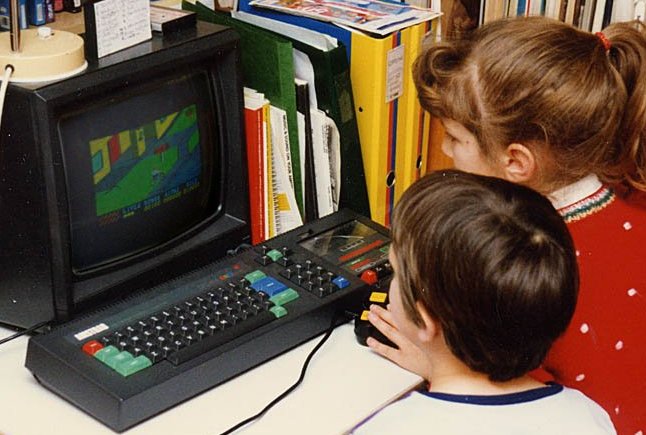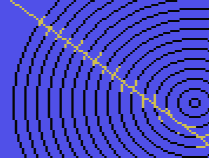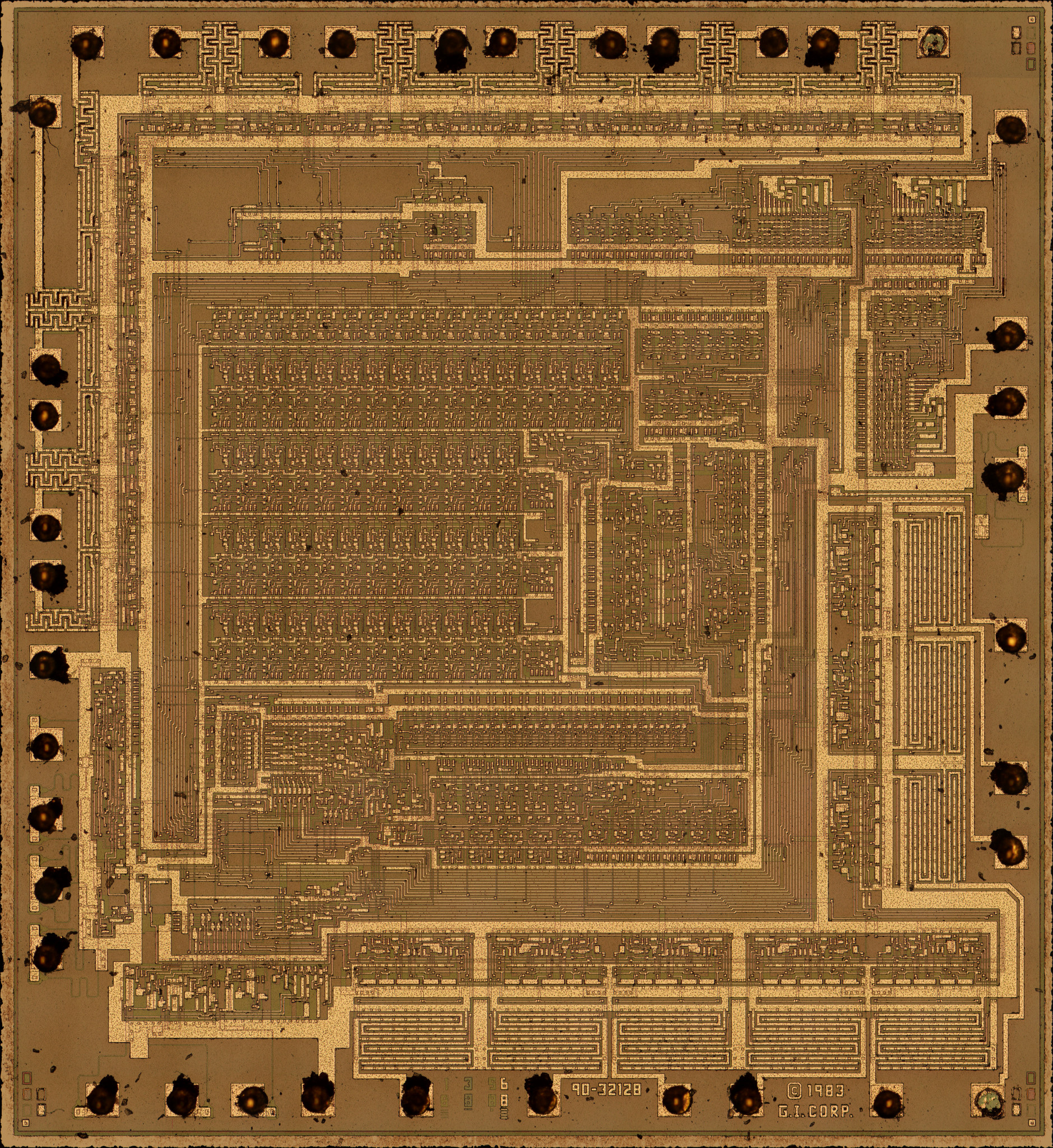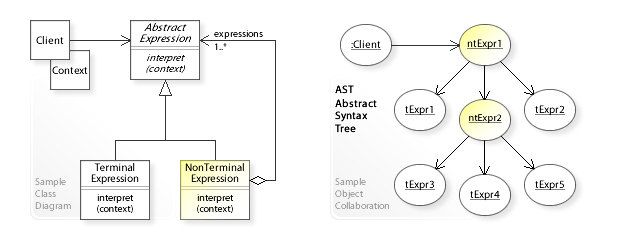|
Oric (computer)
Oric was a brand of home computers sold in the 1980s by Tangerine Computer Systems. Tangerine was based in the United Kingdom and sold their computers primarily in Europe. All computers in the Oric line were based on the MOS Technology 6502A microprocessor. With the success of the ZX Spectrum from Sinclair Research, Tangerine's backers suggested a home computer and Tangerine formed Oric Products International Ltd to develop the Oric-1. The computer was introduced in 1982. During 1983, approximately 160,000 Oric-1 computers were sold in the UK, plus another 50,000 in France (where it was the year's top-selling machine). This resulted in Oric being acquired and given funding for a successor model, the 1984 Oric Atmos. Oric was bought by Eureka, which produced the less successful Oric Telestrat (1986). Oric was dissolved the year the Telestrat was released. Eastern European legal clones of Oric machines were produced into the 1990s. Models Oric-1 Based on a 1 MHz MOS ... [...More Info...] [...Related Items...] OR: [Wikipedia] [Google] [Baidu] |
Tangerine Microtan 65
The Tangerine Microtan 65 (sometimes abbreviated M65) was a 6502-based single board microcomputer, first sold in 1979, that could be expanded into what was, for its day, a comprehensive and powerful system. The design became the basis for what later became the Oric Atmos and later computers. Those later machines have similar keyboard addressing and tape I/O as the Microtan 65. The Microtan 65 has a hardware single step function that can be used for debugging software in both ROM and RAM. The computer was available as ready-built boards or as kits consisting of board and components requiring soldering together. The Microtan 65 was intended as a general purpose microcomputer which could be used by laboratories, original equipment manufacturers (OEMs), and computer enthusiasts, and it was designed with expandability in mind. In this way the customer could customise the system, be it as a specialised control system, as a learning tool, or as a general purpose computing device. Pri ... [...More Info...] [...Related Items...] OR: [Wikipedia] [Google] [Baidu] |
Home Computer
Home computers were a class of microcomputers that entered the market in 1977 and became common during the 1980s. They were marketed to consumers as affordable and accessible computers that, for the first time, were intended for the use of a single, non-technical user. These computers were a distinct market segment that typically cost much less than business, scientific, or engineering-oriented computers of the time, such as those running CP/M or the IBM PC, and were generally less powerful in terms of computer memory, memory and expandability. However, a home computer often had better video display controller, graphics and sound than contemporary business computers. Their most common uses were word processing, playing video games, and computer programming, programming. Home computers were usually sold already manufactured in stylish metal or plastic enclosures. However, some home computers also came as commercial electronic kits, like the ZX80, Sinclair ZX80, which were both h ... [...More Info...] [...Related Items...] OR: [Wikipedia] [Google] [Baidu] |
France
France, officially the French Republic, is a country located primarily in Western Europe. Overseas France, Its overseas regions and territories include French Guiana in South America, Saint Pierre and Miquelon in the Atlantic Ocean#North Atlantic, North Atlantic, the French West Indies, and List of islands of France, many islands in Oceania and the Indian Ocean, giving it Exclusive economic zone of France, one of the largest discontiguous exclusive economic zones in the world. Metropolitan France shares borders with Belgium and Luxembourg to the north; Germany to the northeast; Switzerland to the east; Italy and Monaco to the southeast; Andorra and Spain to the south; and a maritime border with the United Kingdom to the northwest. Its metropolitan area extends from the Rhine to the Atlantic Ocean and from the Mediterranean Sea to the English Channel and the North Sea. Its Regions of France, eighteen integral regions—five of which are overseas—span a combined area of and hav ... [...More Info...] [...Related Items...] OR: [Wikipedia] [Google] [Baidu] |
Attribute Clash
Attribute clash (also known as colour clash or bleeding) is a display Visual artifact, artifact caused by limits in the graphics circuitry of some colour 8-bit home computers, most notably the ZX Spectrum, where it meant that only two colours could be used in any 8×8 tile of pixels. The effect was also noticeable on MSX software and in some Commodore 64 titles. Workarounds to prevent this limit from becoming apparent have since been considered an element of Spectrum programmer culture. This problem also happens with the "semigraphic modes" (text modes with graphics features) of the TRS-80 Color Computer, Color Computer and Dragon 32/64, Dragon, but those computers also have non-attributed graphics and with better resolution. Several video game consoles of the era had such video modes that caused such limitations, but usually allowed more than two colours per tile: the NES (Famicom) had only one mode, which was also "semigraphic", and allowed four colours per 16×16 "block" (gr ... [...More Info...] [...Related Items...] OR: [Wikipedia] [Google] [Baidu] |
Pixel
In digital imaging, a pixel (abbreviated px), pel, or picture element is the smallest addressable element in a Raster graphics, raster image, or the smallest addressable element in a dot matrix display device. In most digital display devices, pixels are the smallest element that can be manipulated through software. Each pixel is a Sampling (signal processing), sample of an original image; more samples typically provide more accurate representations of the original. The Intensity (physics), intensity of each pixel is variable. In color imaging systems, a color is typically represented by three or four component intensities such as RGB color model, red, green, and blue, or CMYK color model, cyan, magenta, yellow, and black. In some contexts (such as descriptions of camera sensors), ''pixel'' refers to a single scalar element of a multi-component representation (called a ''photosite'' in the camera sensor context, although ''wikt:sensel, sensel'' is sometimes used), while in yet ... [...More Info...] [...Related Items...] OR: [Wikipedia] [Google] [Baidu] |
Uncommitted Logic Array
A gate array is an approach to the design and manufacture of application-specific integrated circuits (ASICs) using a prefabricated chip with components that are later interconnected into logic devices (e.g. NAND gates, flip-flops, etc.) according to custom order by adding metal interconnect layers in the factory. It was popular during the upheaval in the semiconductor industry in the 1980s, and its usage declined by the end of the 1990s. Similar technologies have also been employed to design and manufacture analog, analog-digital, and structured arrays, but, in general, these are not called gate arrays. Gate arrays have also been known as uncommitted logic arrays ('ULAs'), which also offered linear circuit functions, and ''semi-custom chips''. History Development Gate arrays had several concurrent development paths. Ferranti in the UK pioneered commercializing bipolar ULA technology, offering circuits of "100 to 10,000 gates and above" by 1983. The company's early lead i ... [...More Info...] [...Related Items...] OR: [Wikipedia] [Google] [Baidu] |
General Instrument AY-3-8910
The AY-3-8910 is a 3-voice programmable sound generator (PSG) designed by General Instrument (GI) in 1978, initially for use with their 16-bit computing, 16-bit General Instrument CP1600, CP1610 or one of the PIC microcontrollers, PIC1650 series of 8-bit computing, 8-bit microcomputers. The AY-3-8910 and its variants were used in many arcade games—Konami's ''Gyruss'' contains five—and Bally pinball machines as well as being the sound chip in the Intellivision and Vectrex video game consoles, and the Amstrad CPC, Oric-1, Colour Genie, Elektor TV Games Computer, MSX, Tiki 100 and later ZX Spectrum home computers. It was also used in the Mockingboard and Cricket sound cards for the Apple II and the Speech/Sound Cartridge for the TRS-80 Color Computer. After GI's spinoff of Microchip Technology in 1987, the chip was sold for a few years under the Microchip brand. It was also manufactured under license by Yamaha Corporation, Yamaha (with a selectable clock divider pin a ... [...More Info...] [...Related Items...] OR: [Wikipedia] [Google] [Baidu] |
Sound Chip
A sound chip is an integrated circuit (chip) designed to produce audio signals through digital, analog or mixed-mode electronics. Sound chips are typically fabricated on metal–oxide–semiconductor (MOS) mixed-signal chips that process audio signals ( analog and digital signals, for both analog and digital data). They normally contain audio components such as oscillators, envelope controllers, samplers, filters, amplifiers, and envelope generators. History A number of sound synthesis methods for electronically producing sound were devised during the late 20th century. These include programmable sound generators (PSG), wavetable synthesis, and frequency modulation synthesis (FM synthesis). Such sound chips were widely used in arcade game system boards, video game consoles, home computers and digital synthesizers. Since the late-1990s, pulse-code modulation (PCM) sampling has been the standard for many sound chips, as used in the Intel High Definition Audio (IHD ... [...More Info...] [...Related Items...] OR: [Wikipedia] [Google] [Baidu] |
Interpreter (computing)
In computer science, an interpreter is a computer program that directly executes instructions written in a programming or scripting language, without requiring them previously to have been compiled into a machine language program. An interpreter generally uses one of the following strategies for program execution: # Parse the source code and perform its behavior directly; # Translate source code into some efficient intermediate representation or object code and immediately execute that; # Explicitly execute stored precompiled bytecode made by a compiler and matched with the interpreter's virtual machine. Early versions of Lisp programming language and minicomputer and microcomputer BASIC dialects would be examples of the first type. Perl, Raku, Python, MATLAB, and Ruby are examples of the second, while UCSD Pascal is an example of the third type. Source programs are compiled ahead of time and stored as machine independent code, which is then linked at run-ti ... [...More Info...] [...Related Items...] OR: [Wikipedia] [Google] [Baidu] |
Operating System
An operating system (OS) is system software that manages computer hardware and software resources, and provides common daemon (computing), services for computer programs. Time-sharing operating systems scheduler (computing), schedule tasks for efficient use of the system and may also include accounting software for cost allocation of Scheduling (computing), processor time, mass storage, peripherals, and other resources. For hardware functions such as input and output and memory allocation, the operating system acts as an intermediary between programs and the computer hardware, although the application code is usually executed directly by the hardware and frequently makes system calls to an OS function or is interrupted by it. Operating systems are found on many devices that contain a computerfrom cellular phones and video game consoles to web servers and supercomputers. , Android (operating system), Android is the most popular operating system with a 46% market share, followed ... [...More Info...] [...Related Items...] OR: [Wikipedia] [Google] [Baidu] |
Disk Operating System
A disk operating system (DOS) is a computer operating system that requires a disk or other direct-access storage device as secondary storage. A DOS provides a file system and a means for loading and running computer program, programs stored on the disk. The term is now historical, as most if not all operating systems for general-purpose computers now require direct-access storage devices as secondary storage. History Before modern storage such as the disk drive, floppy disk, and flash storage, early computers used storage such as Analog delay line, delay line, core memory, punched card, punched tape, magnetic tape, and magnetic drum. Early microcomputers and home computers used paper tape, audio cassette tape (such as Kansas City standard), or no permanent storage at all. Without permanent storage, programs and data are input directly into memory using front panel switches, or is input through a computer terminal or keyboard, sometimes controlled by a BASIC interpreter in read-on ... [...More Info...] [...Related Items...] OR: [Wikipedia] [Google] [Baidu] |
Read-only Memory
Read-only memory (ROM) is a type of non-volatile memory used in computers and other electronic devices. Data stored in ROM cannot be electronically modified after the manufacture of the memory device. Read-only memory is useful for storing software that is rarely changed during the life of the system, also known as firmware. Software applications, such as video games, for programmable devices can be distributed as ROM cartridge, plug-in cartridges containing ROM. Strictly speaking, ''read-only memory'' refers to hard-wired memory, such as diode matrix or a #Solid-state ROM, mask ROM integrated circuit (IC), that cannot be electronically changed after manufacture. Although discrete circuits can be altered in principle, through the addition of Jump wire, bodge wires and the removal or replacement of components, ICs cannot. Correction of errors, or updates to the software, require new devices to be manufactured and to replace the installed device. Floating-gate ROM semiconductor ... [...More Info...] [...Related Items...] OR: [Wikipedia] [Google] [Baidu] |






